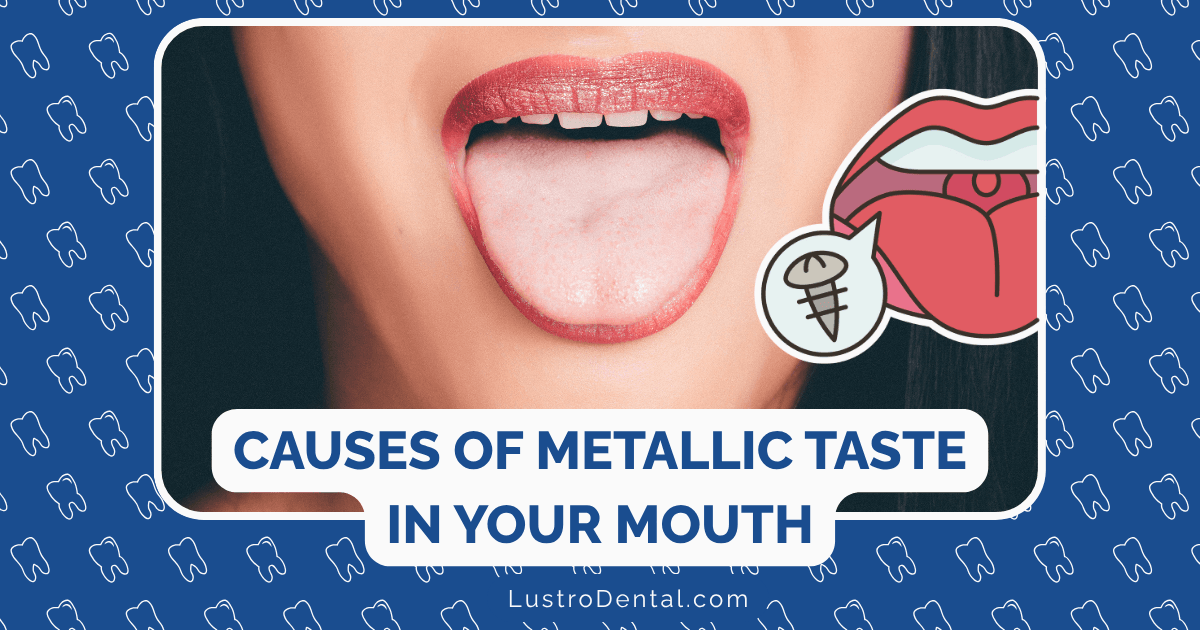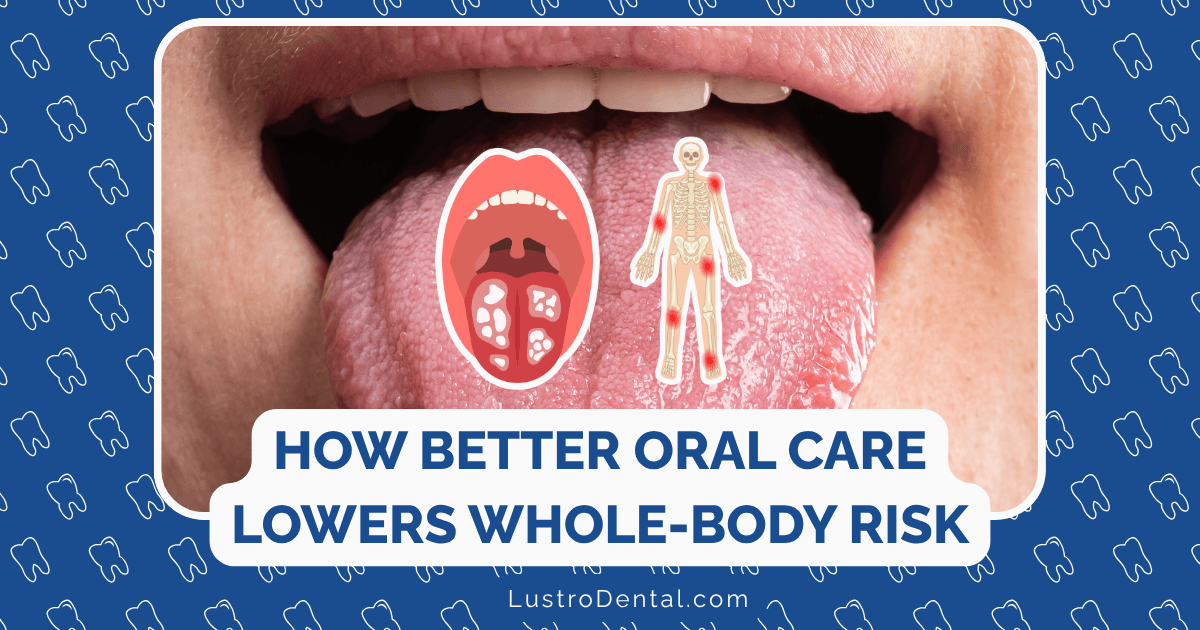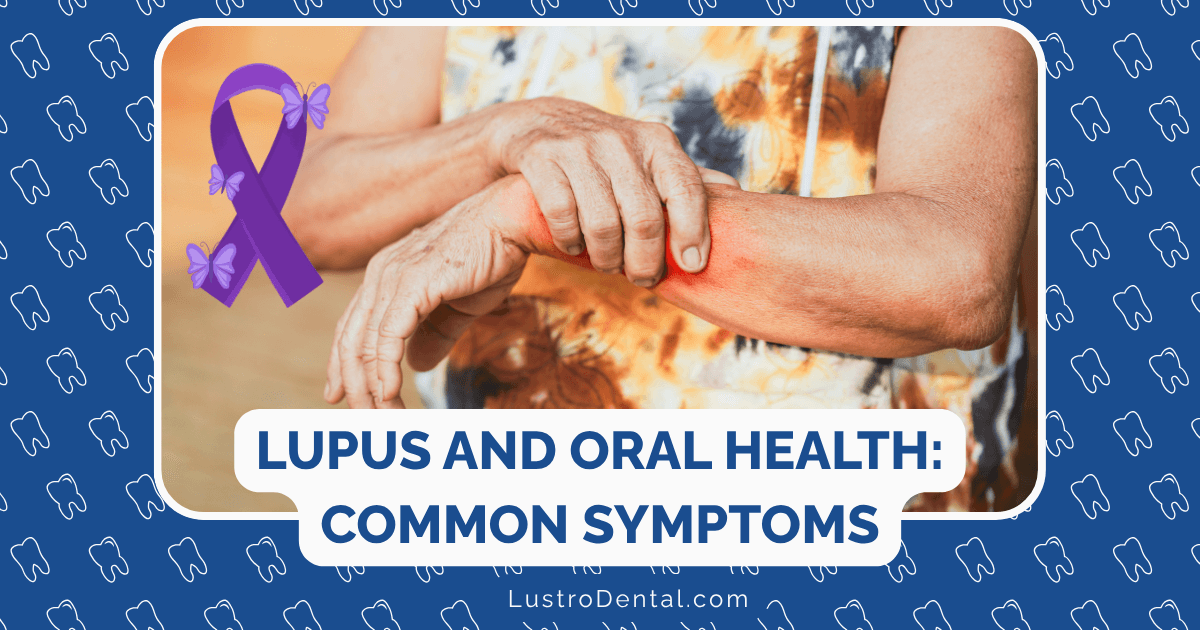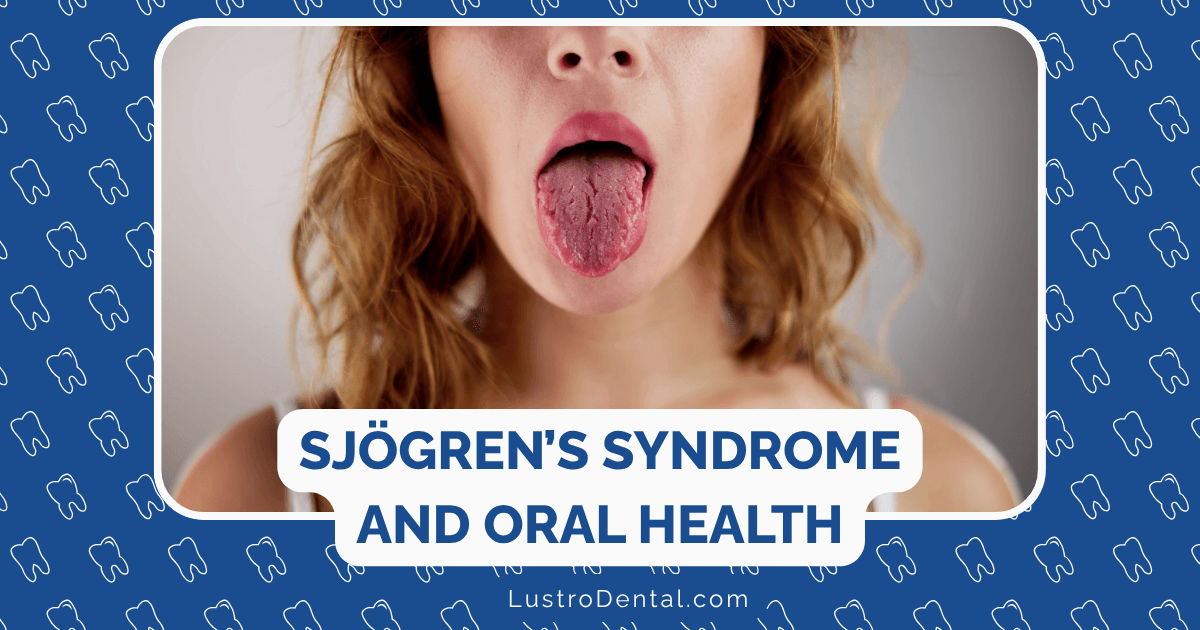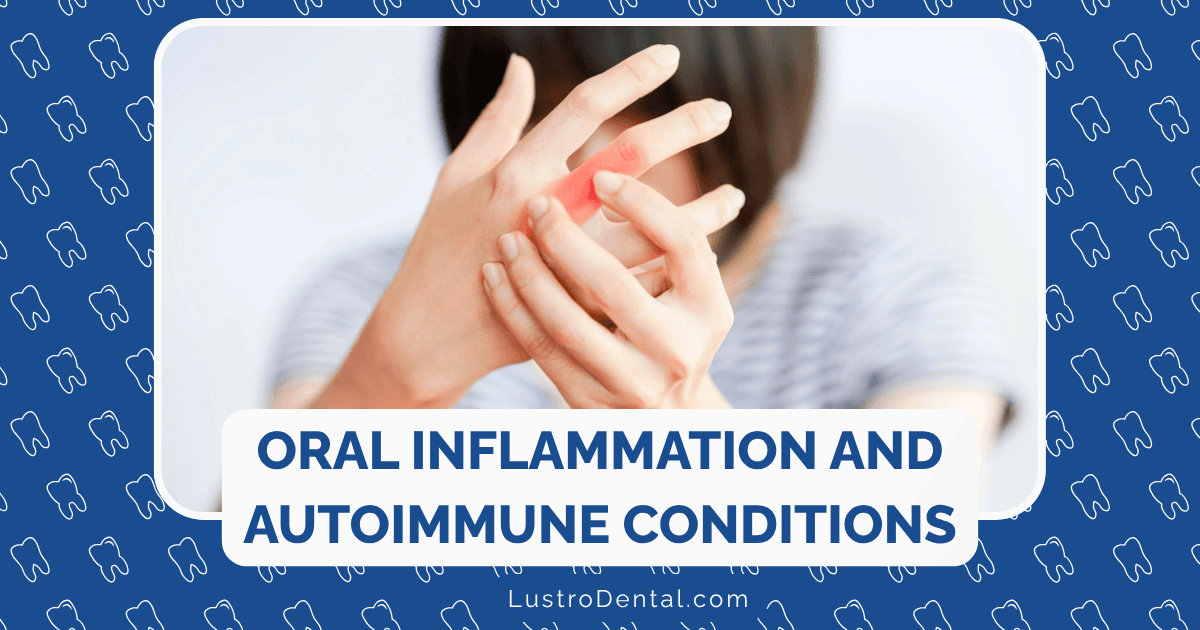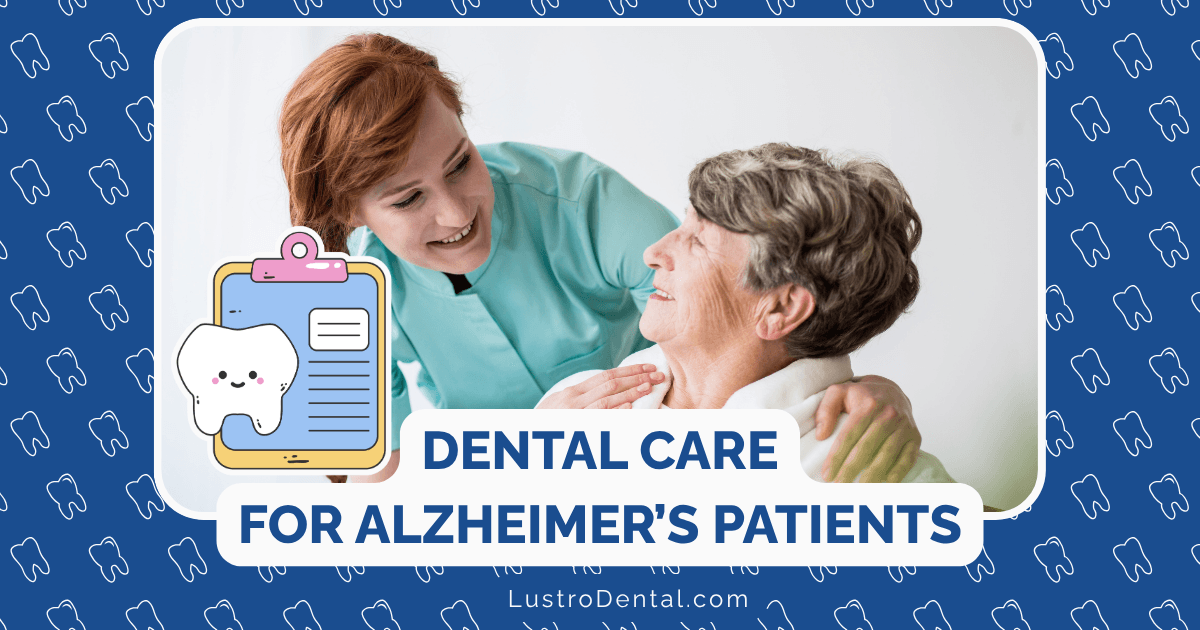Rheumatoid Arthritis and Periodontal Disease: The Shared Inflammatory Pathway
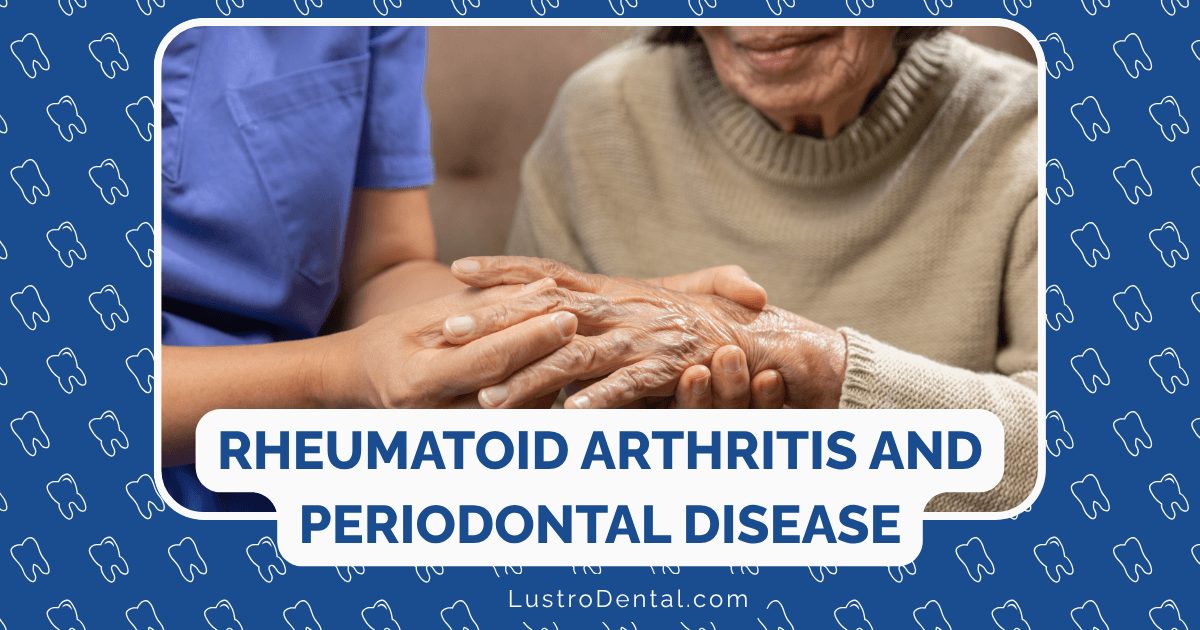
For decades, rheumatoid arthritis (RA) and periodontal disease (PD) were viewed as distinct conditions affecting different parts of the body. However, emerging research has uncovered a fascinating and clinically significant connection between these two inflammatory disorders. As a dental health advocate who has followed this research closely, I find the evidence not just compelling but potentially transformative for how we approach both conditions.
The link between oral health and systemic diseases continues to strengthen, with the RA-PD connection representing one of the most well-documented examples. This relationship isn’t merely correlational—it involves shared inflammatory pathways, common risk factors, and even specific bacterial mechanisms that may directly influence disease development and progression.
In this article, we’ll explore the bidirectional relationship between rheumatoid arthritis and periodontal disease, examining the scientific evidence, underlying mechanisms, and clinical implications for patients and healthcare providers.
Understanding the Two Conditions: More Similar Than Different
Before diving into their connection, let’s briefly review these two inflammatory conditions.
Rheumatoid Arthritis: Beyond Joint Pain
Rheumatoid arthritis is a chronic autoimmune disorder that affects approximately 1% of the global population, with women being three times more likely to develop the condition than men. RA primarily attacks the synovial joints, causing:
- Persistent inflammation
- Joint pain and swelling
- Progressive joint damage and deformity
- Systemic complications affecting the heart, lungs, and other organs
At its core, RA involves a dysregulated immune response where the body mistakenly attacks its own tissues. A hallmark of RA is the presence of autoantibodies, particularly rheumatoid factor (RF) and anti-citrullinated protein antibodies (ACPAs), which can appear years before clinical symptoms develop.
Periodontal Disease: More Than Just Gum Inflammation
Periodontal disease is a chronic inflammatory condition affecting the supporting structures of the teeth, including the gums, periodontal ligament, and alveolar bone. According to research published in PMC, PD affects approximately 46% of the U.S. population, with 10-15% experiencing severe forms.
The disease progression typically follows these stages:
- Gingivitis: Reversible inflammation of the gums
- Early periodontitis: Beginning of attachment loss and bone resorption
- Moderate to severe periodontitis: Progressive destruction of supporting tissues
While bacterial biofilms initiate periodontal disease, it’s the host inflammatory response that primarily drives tissue destruction—a key parallel to rheumatoid arthritis.
The Epidemiological Connection: More Than Coincidence
The association between RA and PD has been consistently demonstrated in epidemiological studies:
- Research indicates that the prevalence of RA in PD patients is approximately 3.95%, compared to just 1% in the general population.
- A significant percentage of RA patients experience periodontal disease, with studies showing higher severity compared to controls.
- According to a study in European Journal of Medical Research, PD affects approximately 743 million individuals globally, with severe cases accounting for nearly 11% of the population.
Dr. Sarah Chen, a rheumatologist specializing in inflammatory conditions, explains: “The co-occurrence of these conditions at rates higher than would be expected by chance suggests shared underlying mechanisms. What’s particularly interesting is that periodontal disease often appears to precede rheumatoid arthritis, raising questions about whether oral inflammation might trigger or exacerbate joint inflammation in susceptible individuals.”
Shared Risk Factors: Common Ground
Several risk factors contribute to both conditions, further strengthening their connection:
1. Smoking
Smoking is perhaps the most well-established shared risk factor:
- Increases risk of periodontal disease by 2-7 times
- Doubles the risk of developing RA
- Enhances citrullination of proteins in both the oral cavity and lungs
- Modifies the oral microbiome, potentially favoring pathogenic bacteria
2. Genetic Factors
Genetic susceptibility plays a role in both conditions:
- HLA-DRB1 shared epitope alleles are associated with increased risk of both RA and PD
- Polymorphisms in inflammatory cytokine genes (IL-1, TNF-α) affect both conditions
- According to research in Frontiers in Immunology, there’s a significant association between anti-CPP3 antibodies and HLA-DRB1 shared epitope alleles
3. Age and Sex
Demographic factors also show similarities:
- Both conditions increase in prevalence with age
- Women are disproportionately affected by RA (3:1 female-to-male ratio)
- While PD affects both sexes more equally, hormonal factors in women can influence disease progression
The Bacterial Connection: Porphyromonas gingivalis as a Key Player
Perhaps the most fascinating aspect of the RA-PD relationship involves a specific oral bacterium: Porphyromonas gingivalis (P. gingivalis).
The Unique Enzyme: Peptidylarginine Deiminase (PAD)
P. gingivalis possesses a unique characteristic among prokaryotes—it produces an enzyme called peptidylarginine deiminase (PAD), which can convert arginine residues in proteins to citrulline through a process called citrullination.
According to research published in PMC, P. gingivalis is the only known prokaryote that expresses a functional PAD enzyme, which preferentially targets carboxy-terminal arginine residues.
The Citrullination Process and Autoimmunity
Citrullination is a post-translational modification that can alter protein structure and function. While citrullination occurs naturally in the body, excessive or abnormal citrullination can trigger autoimmune responses in genetically susceptible individuals.
Research in Science Direct highlights that P. gingivalis can citrullinate human proteins such as:
- Type II collagen
- Fibrinogen
- α-enolase
- Vimentin
These citrullinated proteins can then be recognized as foreign by the immune system, leading to the production of anti-citrullinated protein antibodies (ACPAs)—a hallmark of rheumatoid arthritis.
Dr. Michael Rodriguez, a periodontist with expertise in inflammatory pathways, notes: “What makes P. gingivalis particularly interesting is that it essentially creates a molecular mimic of the autoantigen found in rheumatoid arthritis. The immune system develops antibodies against these citrullinated proteins in the mouth, which can then cross-react with similar proteins in the joints.”
Gingipains: Another Virulence Factor
Beyond PAD, P. gingivalis produces proteolytic enzymes called gingipains (Rgp and Kgp) that:
- Degrade host proteins
- Activate complement pathways
- Cleave IgGs in the Fc region, potentially transforming them into rheumatoid factor antigens
- Work synergistically with PAD to enhance citrullination
A study published in PubMed found that antibodies against Rgp (anti-Rgp IgG) were elevated in 53% of individuals at risk for RA compared to 26% of controls, further strengthening the bacterial connection.
Shared Inflammatory Pathways: The Common Thread
At the molecular level, RA and PD share remarkably similar inflammatory mechanisms:
1. Pro-inflammatory Cytokines
Both conditions involve elevated levels of key inflammatory mediators:
- Tumor Necrosis Factor-alpha (TNF-α)
- Interleukin-1 beta (IL-1β)
- Interleukin-6 (IL-6)
- Interleukin-17 (IL-17)
These cytokines drive tissue destruction in both the joints and periodontal tissues.
2. The RANK-L/OPG System
The Receptor Activator of Nuclear Factor Kappa-B Ligand (RANK-L) pathway is critical in both conditions:
- Activated in both RA and PD
- Promotes osteoclast differentiation and activation
- Leads to bone resorption in both joints and alveolar bone
- Regulated by osteoprotegerin (OPG), which is often dysregulated in both conditions
3. Matrix Metalloproteinases (MMPs)
These enzymes degrade extracellular matrix components:
- Elevated in both RA and PD
- Contribute to tissue destruction
- MMP-8 and MMP-9 are particularly important in both conditions
4. Shared Genetic Expression
According to research in European Journal of Medical Research, 154 differentially expressed genes are shared between PD and RA, with PTPRC identified as a pivotal shared gene. These genes are predominantly enriched in immune and inflammatory response pathways.
Clinical Evidence: The Impact of Periodontal Treatment on RA
If the connection between these conditions is more than coincidental, then treating one should theoretically impact the other. Indeed, emerging clinical evidence suggests that periodontal therapy may improve RA symptoms:
Meta-Analysis Results
A 2025 systematic review and meta-analysis published in PMC found that:
- Non-surgical periodontal treatment led to a mean reduction in Clinical Attachment Level (CAL) of −0.56 mm
- The Disease Activity Score (DAS28) showed a mean reduction of −0.39 points in the treatment group
- These results suggest that controlling periodontal disease through non-surgical treatment can reduce the severity of RA symptoms
Another study in PubMed involving 22 RA patients with moderate to severe periodontitis found that:
- After periodontal treatment, patients with severe periodontitis showed significant improvements in DAS28 scores
- There was a significant reduction in anti-cyclic citrullinated peptide 2 (anti-CCP2) IgG levels at 6 months post-treatment
Limitations of Current Evidence
While promising, the American Journal of Managed Care notes that the evidence has limitations:
- Varying levels of bias in study quality
- High intragroup variability in inflammatory markers
- Inconsistent results regarding some biomarkers like rheumatoid factor
- Need for larger, more rigorous clinical trials
Practical Implications: What This Means for Patients and Providers
The growing evidence linking RA and PD has important implications for clinical practice:
For Dental Professionals
- Enhanced Screening: Consider screening for RA risk factors in patients with severe periodontitis, especially those with a family history of autoimmune conditions.
- Aggressive Periodontal Management: For patients with RA or at risk for RA, implement more intensive periodontal treatment and maintenance protocols.
- Interdisciplinary Communication: Establish communication channels with rheumatologists to coordinate care for patients with both conditions.
- Patient Education: Inform patients with periodontitis about the potential systemic implications, including the connection to RA.
For Rheumatologists
- Oral Health Assessment: Include basic oral health screening as part of the evaluation for patients with RA or at risk for RA.
- Dental Referrals: Refer patients for comprehensive periodontal evaluation and treatment, particularly those with active RA.
- Consideration of Oral Health in Treatment Planning: Be aware that poor oral health may influence RA disease activity and treatment response.
- Patient Education: Emphasize the importance of oral hygiene and regular dental care as part of overall RA management.
For Patients
- Prioritize Oral Health: If you have RA or are at risk for RA, maintaining excellent oral hygiene is particularly important.
- Regular Dental Visits: Schedule more frequent dental check-ups and cleanings (every 3-4 months rather than every 6 months).
- Inform Your Healthcare Providers: Ensure both your dentist and rheumatologist are aware of all your conditions and medications.
- Address Challenges: If RA affects your ability to maintain oral hygiene (due to hand or wrist pain), ask about adaptive tools and techniques.
Dr. Jennifer Lee, a dental researcher specializing in oral-systemic connections, advises: “For patients with rheumatoid arthritis, electric toothbrushes, floss holders, and water flossers can make oral hygiene more manageable despite joint pain or limited dexterity. These simple adaptations can make a significant difference in maintaining oral health.”
Future Directions: Emerging Research and Therapeutic Targets
The RA-PD connection continues to inspire new research directions:
1. Targeted Anti-Bacterial Therapies
Researchers are investigating treatments specifically targeting P. gingivalis and its virulence factors:
- PAD inhibitors that could potentially reduce citrullination
- Gingipain inhibitors to reduce proteolytic activity
- Vaccines against P. gingivalis antigens
2. Microbiome Modulation
Beyond targeting specific pathogens, approaches to restore a healthy oral microbiome are being explored:
- Probiotics to promote beneficial bacteria
- Prebiotics to support healthy bacterial communities
- Microbiome transplantation techniques
3. Shared Inflammatory Targets
Given the common inflammatory pathways, therapies targeting these shared mechanisms could benefit both conditions:
- Novel cytokine inhibitors
- RANK-L/OPG modulators
- Specialized pro-resolving mediators to actively resolve inflammation
4. Biomarker Development
Identifying biomarkers that predict the risk of developing both conditions could enable earlier intervention:
- Salivary diagnostics for detecting RA risk
- Joint fluid analysis for oral bacteria or their byproducts
- Genetic screening for shared susceptibility genes
Conclusion: Bridging the Gap Between Dental and Medical Care
The connection between rheumatoid arthritis and periodontal disease represents a compelling example of how oral health is intrinsically linked to systemic health. This relationship challenges the traditional separation between dental and medical care, calling for a more integrated approach to patient management.
For patients with either condition, awareness of this connection can empower them to take proactive steps to address both oral and joint health. For healthcare providers, it highlights the importance of collaborative care and considering the whole patient rather than isolated systems.
As research continues to unravel the complex interplay between these conditions, we can expect more targeted approaches to prevention, diagnosis, and treatment that address the shared inflammatory pathways underlying both rheumatoid arthritis and periodontal disease.
The mouth-joint connection reminds us that in the human body, everything is connected—and sometimes, addressing health in one area can have unexpected benefits in another. For those dealing with the challenges of rheumatoid arthritis, maintaining optimal oral health may be an additional, yet crucial, piece of the management puzzle.
Do you have experience with either rheumatoid arthritis or periodontal disease? Have you noticed connections between your oral health and joint symptoms? Share your experiences in the comments below.


